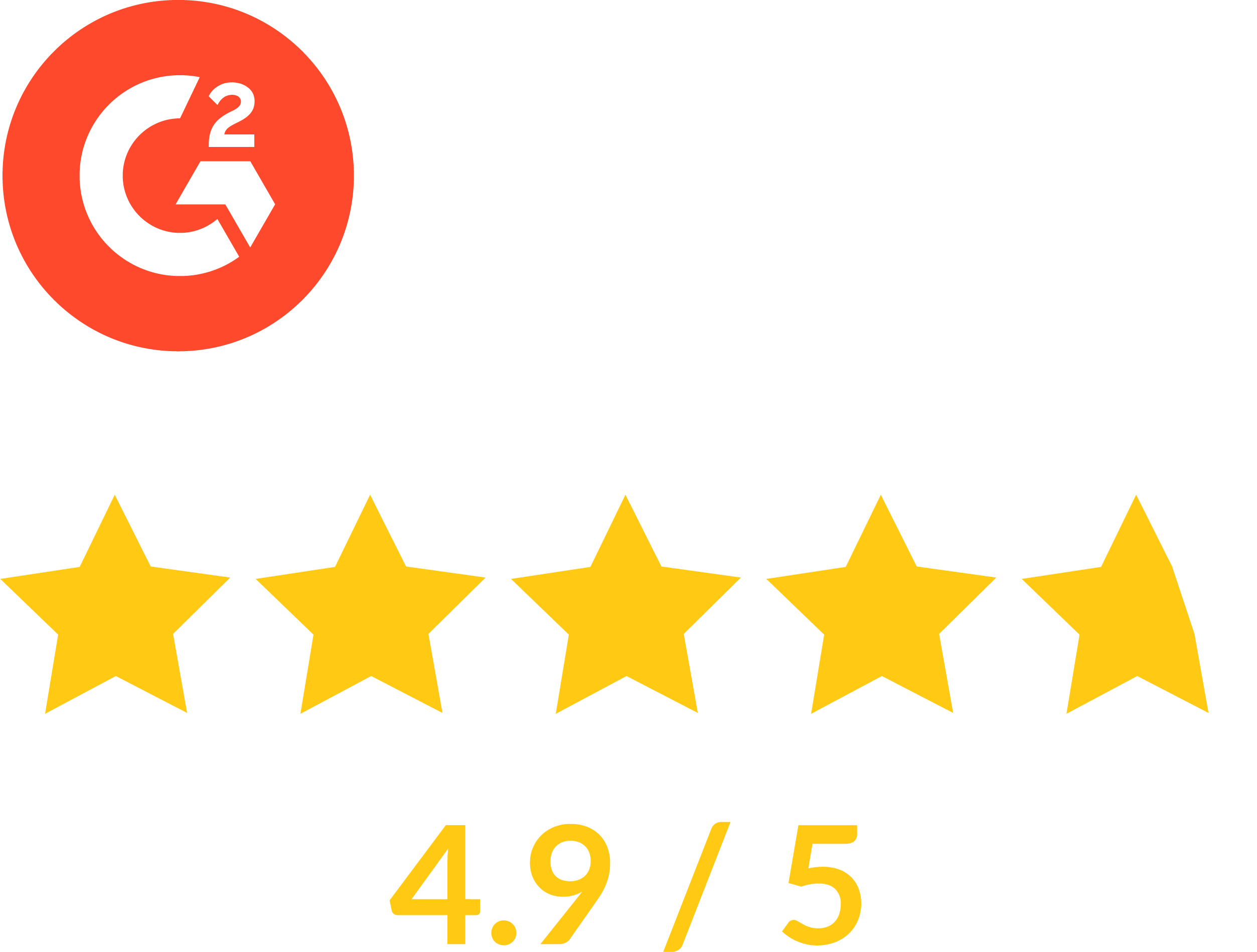An announcement made at Apple’s most recent WWDC has wound up many involved in email marketing. The reason being, as the press release spells out, the company “previewed powerful new privacy protections in iOS 15, iPadOS 15, macOS Monterey, and watchOS 8, which helps users better control and manage access to their data.”
For email marketers that means Apple’s new Mail Privacy Protection blocks tracking pixels. And that means email opens can’t easily be tracked in an accurate manner. This is why so many are wound up, if not a bit anxious. Open rate tracking is a long-standing, widely used method to measure engagement of an email campaign, particularly as it regards things like subject lines and the quality of the email list used.
To be sure, this really is much ado about something. Apple’s share of the email client market totals 58%, with 45% of that coming from the iPhone version of the Apple Mail application. Google, Microsoft, and other makers of email clients might follow suit.
While Apple’s move might be the latest to cement its legacy as a champion of privacy and security, it reflects a growing trend to give more control to consumers.
There’s an excellent chance that, as you read this (if it hasn’t happened already), someone has figured out a way around Apple’s roadblock. However, there’s an equal if not greater chance that Apple, or someone like them, will make that so-called solution short-lived.
Instead of looking for another way to harvest statistics around opens, email marketers need to accelerate their embrace of a movement that has already been happening in the industry: thinking and orienting more deeply around true engagement and value delivered.
Apple’s announcement heightens the need for emails to be more engaging. And that goes beyond an open-inducing subject line. It means creating emails that people spend time with. That move them to want to open the emails that land in their inboxes from you. Not once, but on a regular basis.
It is a rethink. But one very much worth doing. It puts the focus on the click as well as any downstream engagement, post-click. Interestingly, the blocking of tracking pixels has some saying open rates was more of a “vanity measurement” than anything else, as in most cases, opens don’t properly assess full performance, while click-through rates and downstream email-driven actions do.
That debate aside, the way to move forward is to send better emails. Ones that look great, display properly, without any broken elements, and serve up relevant information subscribers really want. So each time an email shows up from you, recipients want to open it.
Getting there takes work. Analysis, planning, and potentially testing multiple versions of an email or email series. That takes time and money. Plenty of both. The alternative isn’t inundating subscribers with largely generic emails in the hopes they bite on something. Take that approach and you’re likely to lose more subscribers than gain.
If doing email better is the path, the next question is, “how?” You can generally bucket the work into two areas: more effort into strategy (analysis, planning, ideation) and more effort into testing and content creation (you’ll have ideas of how to make emails more engaging, but how will you actually know without creating and testing?).
More strategy can come from either hiring more people, or from freeing up the existing team’s time out of lower-value work to allow for more strategy work. More testing and content creation generally means more hands-on-keyboard work hours, unless an organization is using technology to streamline collaboration, creation, and insights. An Email Creation Platform turns out to be perfectly suited to enable teams to do more, in less time.
Read our “An Introduction to Email Creation Platforms” eBook to learn more about what an Email Creation Platform is, where it sits in your tech stack, how to evaluate one, and more. Download the eBook today.




